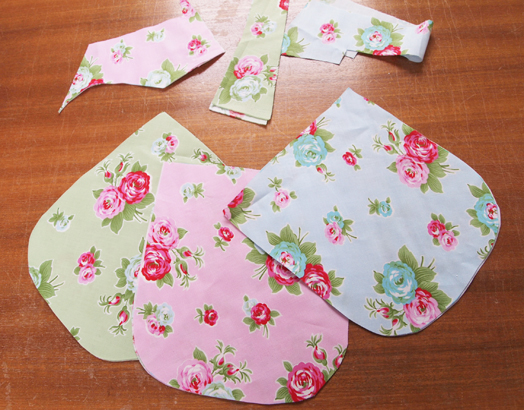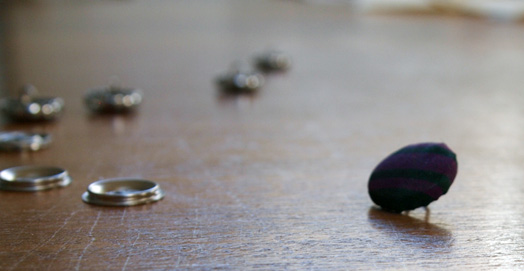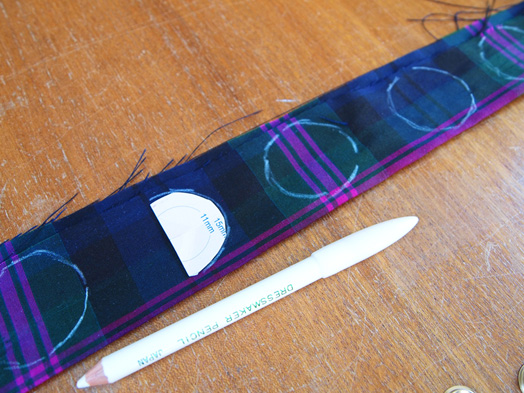Pockets are some of the most useful appliques that can be added to a dress and certainly gives the garment a little more punch.
Materials needed:
1 fat quarter of a matching or complimentary fabric to the garment you are adding your pocket to
a fabric pen
scissors, iron and a sewing machine or needle and thread
1. Firstly cut your pockets. Measure out 20cms x 20cms square. Curve the bottom two corners to form a pocket shape.
2. finish the edges of your pockets with an overlocker or pinking shears
3. Fold over the top of your pocket by 2.5 cms and stitch down
5. pleat the top of the pocket and press the edges over ready to sewing to the garment.
6. pin the pocket in place. I like mine on a tilt where your hands naturally sit.
And there is your pretty patch pocket ..................................... Enjoy x



























